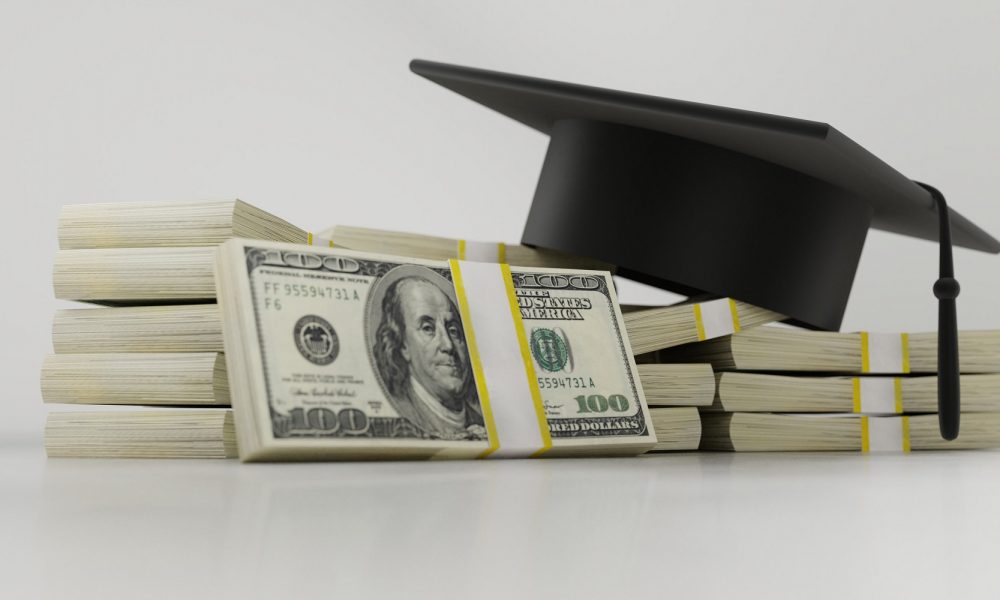
Where Do Student Loans Stand Amid Coronavirus Pandemic?

As the world’s pandemic COVID-19 hits the United States, there has been a noticeable increase in businesses, employees, businessmen, and self-employed individuals who are facing financial troubles. News is consistently reporting on how this factor significantly affects the global economy. The President of the United States and its government have been actively taking action to support the people during this unprecedented pandemic. They have been thinking of ways to spread the finances and provide help to people suffering because of the pandemic.
Aside from the rising numbers of those who suffer from unemployment for the last two weeks, student loan borrowers also seek attention for financial help to aid them with the regular occurrence of their monthly loan billing. It is also a serious matter to them during this crisis as they continuously advance with their education. Now, how can they cope with paying amidst the coronavirus pandemic?
Student Loan Suspension
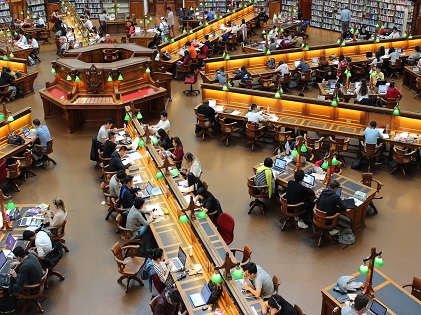 Recently, U.S. President Trump also announced suspending student loans. It will temporarily waive interest on student loans in the forbearance of the coronavirus pandemic. This made the U.S. Department of Education (ED) give the federal student loan borrowers a six-month break from their monthly bill starting March 13 to September 30. In which the interest rates will be 0% for at least 60 days or may extend longer.
Recently, U.S. President Trump also announced suspending student loans. It will temporarily waive interest on student loans in the forbearance of the coronavirus pandemic. This made the U.S. Department of Education (ED) give the federal student loan borrowers a six-month break from their monthly bill starting March 13 to September 30. In which the interest rates will be 0% for at least 60 days or may extend longer.
More borrowers depend on loan forgiveness programs. With overall student loans, amounting to more than $1.4 trillion, many are looking forward to minimizing their debts by cutting interest and taxes. It’s a no-brainer to think that debts will disappear, but the instruction to suspend payment and reduce interest to 0% is a big help for everyone. This gives borrowers enough time and the flexibility to pay back their student loans.
Meanwhile, the ED gave strong instructions to loan servicers. This is to ensure that they can guide those students who need assistance to the said loan suspension.
What You Need to Know to Avail the Student Loan Suspension
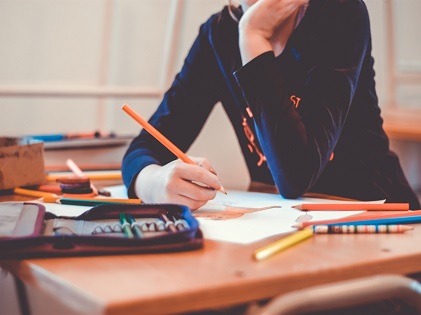 The six-month pause on student loan payments starts from March 13 to September 30. It has a retroactive effect on March 13. Meaning, refunds are available upon request for those who already made payments. There will be a 0% interest rate for federal student loans (Federal Perkins Loans and both defaulted and no default Direct and FFEL Loans). However, the exception is for those under the FFEL Program loans, which commercial lenders own. Also, those who are under Perkins Loans held by the higher education institution do not come under this interest rate.
The six-month pause on student loan payments starts from March 13 to September 30. It has a retroactive effect on March 13. Meaning, refunds are available upon request for those who already made payments. There will be a 0% interest rate for federal student loans (Federal Perkins Loans and both defaulted and no default Direct and FFEL Loans). However, the exception is for those under the FFEL Program loans, which commercial lenders own. Also, those who are under Perkins Loans held by the higher education institution do not come under this interest rate.
The borrowers who will make payments despite the crisis can still do so. The payments will apply to the principal amount after all the interest payments, which is before March 13, 2020. If the borrower doesn’t want to avail of the refund, interest payment since March 13 will then apply to their principal balance moving forward. However, those who are paying through en autopay facility will have to note that auto payment will be on hold. In case they wish to make the payment, they will have to do it manually.
The Tax Refunds
One cannot seize tax refunds or garnish wages for six months if they have a defaulting history on their student loan. But if a borrower has gone through the garnishment of their wage, the ED will refund it. However, this applies if the department got this report before the suspension period. Those who have federal tax refunds can also get a refund for the to seize period between March 13 and September 30, 2020.
The federal government is also asking private debt collection agencies to refrain from collection calls and even asking them to decline auto-debit payments. But the discretion to continue with auto-debit arrangement has not made restricted to the borrowers. All suspended payments will progress to 120 payments.
What about Private Student Loans?
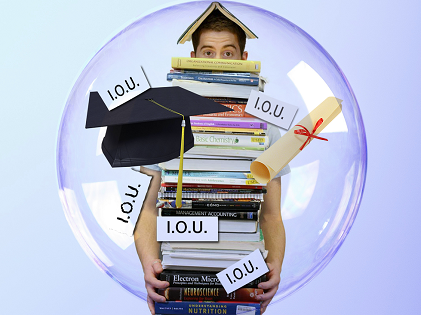 The loan payment freezing applies to mostly federal students, but what about the private students who also seek for a loan forgiveness program? How about those students who are facing an income drop because of the pandemic?
The loan payment freezing applies to mostly federal students, but what about the private students who also seek for a loan forgiveness program? How about those students who are facing an income drop because of the pandemic?
ED clearly states that the borrowers of private student loan payments are still enforced. However, suggestions to private lenders and loan services on providing temporary hardship accommodation for them are also underway. They also directed that some lenders offer flexible and affordable payment scheme policies. Private student loans also got the instructions to consult with their loan servicers for any available new policies. Along with this, they are also receiving instructions for lowering the monthly payment terms.
More in Loans & Mortgages
-
`
Why 50-Year-Olds Are Looking for a Career Change
In today’s fast-paced and ever-evolving job market, it’s not uncommon to see individuals in their 50s embarking on new career paths....
November 20, 2023 -
`
Why Mortgage Demand Is Crashing as Interest Rates Skyrocket
Imagine having a favorite local ice cream shop that suddenly jacked up its prices by 50%. You would probably think twice...
November 18, 2023 -
`
Santo Spirits | Sammy Hagar and Guy Fieri’s Joint Venture
In the world of entrepreneurial partnerships, some unions are destined for greatness. The unexpected alliance between Sammy Hagar, the iconic Van...
November 12, 2023 -
`
Branded Content: A Genuine Way to Connect With Your Audience
Have you ever binge-watched a series on Netflix, only to later realize that the beverage everyone’s sipping on is that brand...
November 3, 2023 -
`
Southwest Airlines Tackles Passenger and Labor Challenges
Southwest Airlines, a prominent player in the aviation industry, has found itself at a crossroads, facing a combination of passenger dissatisfaction...
October 28, 2023 -
`
Everything You Need to Know About Blended Interest Rates
Hou ever blended a smoothie and thought, “How on Earth do my strawberries, spinach, and protein powder come together to taste...
October 17, 2023 -
`
The Osbournes ‘Relaunch’ Podcast After 5 Year Break
If you were glued to your TV in the early 2000s, there is no way you missed the hilarious, raucous, and...
October 10, 2023 -
`
Tesla in China: Back-to-Back Price Drops, But No Sales Jump?
As temperatures soared in the summer of 2023, Tesla seemed to be heating things up in the Chinese market too. A...
October 6, 2023 -
`
Navigating Red Flags in the Workplace
In the journey of our careers, it’s not uncommon to encounter red flags in our jobs that signal potential issues or...
September 30, 2023






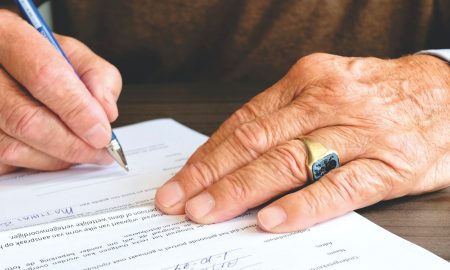



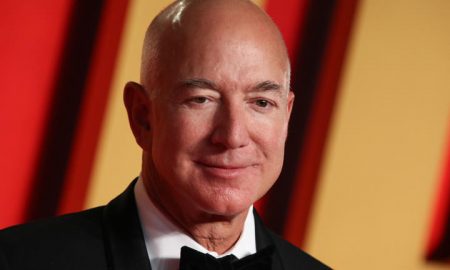
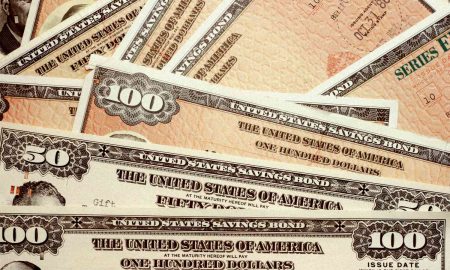



You must be logged in to post a comment Login